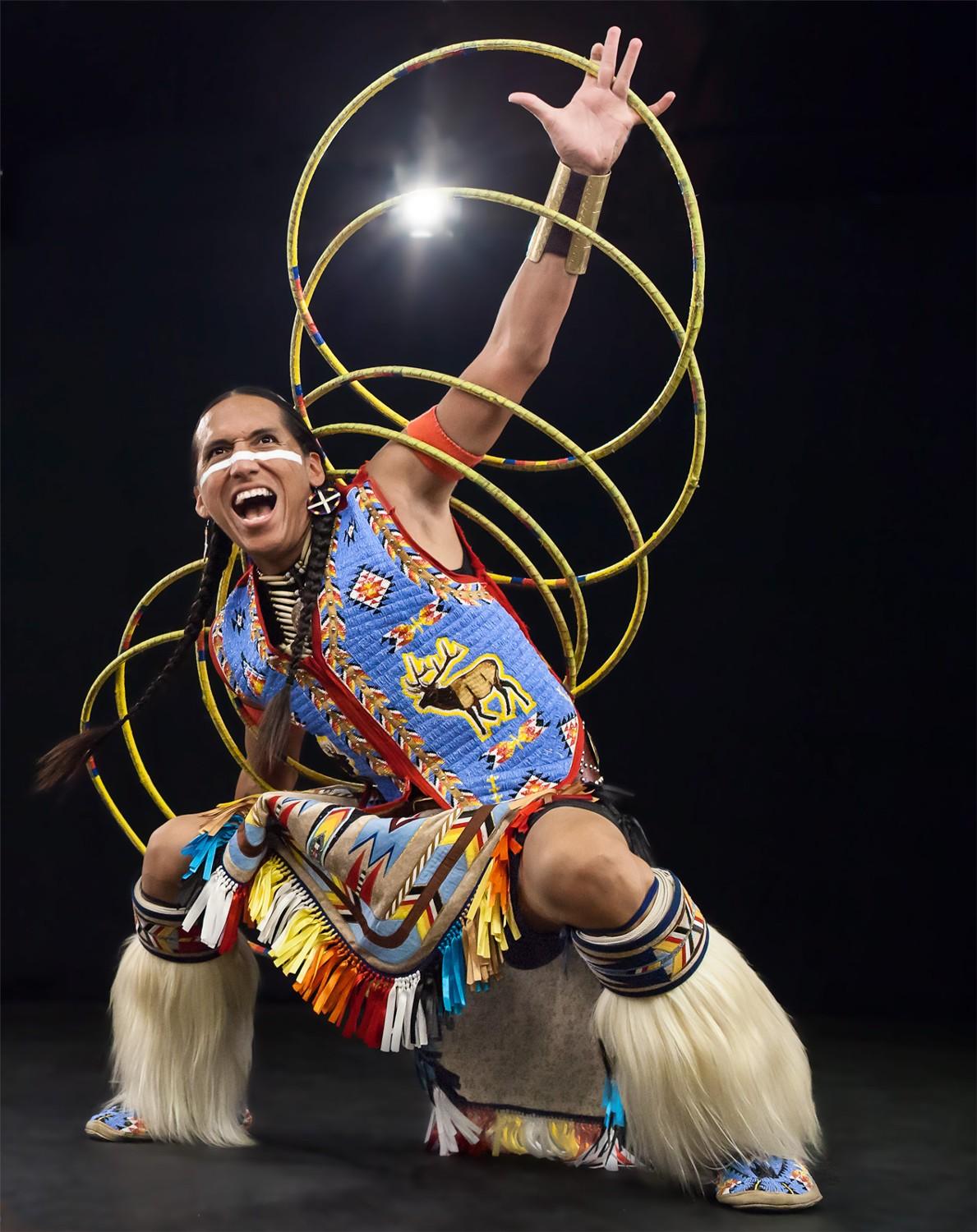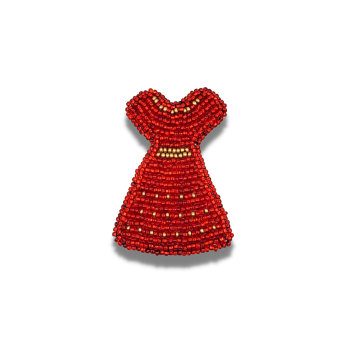
Bringing Attention to Missing and Murdered Indigenous Women
We encourage all participants to wear red throughout the week of November 15-21st to show solidarity and raise awareness about the violence committed against American Indian and Alaska Native people, particularly women and children








